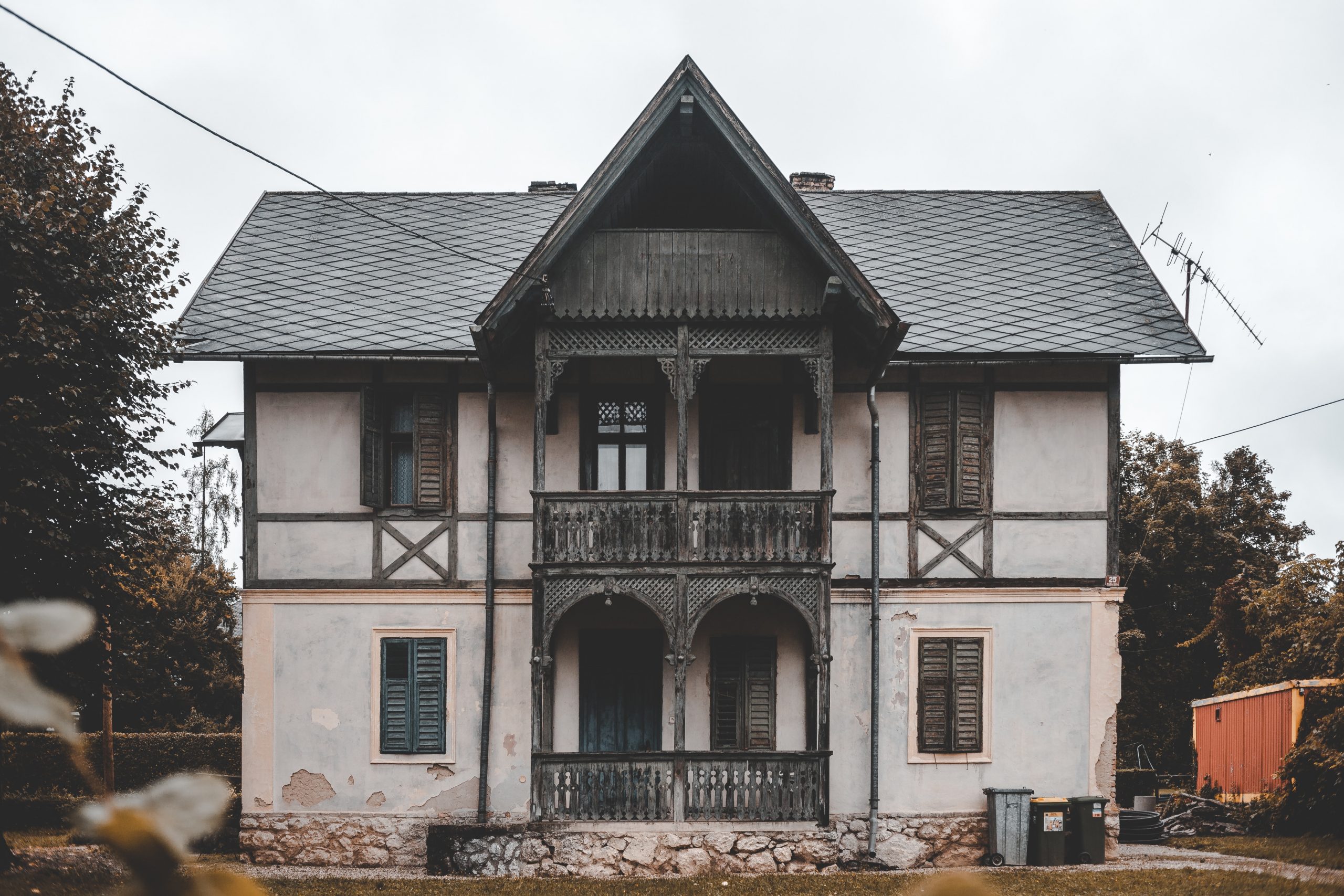How To Know If A House Has ‘Good Bones’
When you’re shopping for a new home, it’s not uncommon to hear your realtor say that a house has “good bones.” But what does that mean? You might notice that they say this most often when you’re touring a house that doesn’t look aesthetically pleasing.
Generally, “good bones” comes up in fixer-upper homes. These are the houses that aren’t oozing with curb appeal, but they have a lot of potential. So, what’s the advantage to getting a home with “good bones,” versus one that’s already good to go?
For one, you’ll be maximizing your investment. By choosing a fixer-upper, you’ll be able to buy cheaper, and once you make improvements, you’ll increase the property value. It’s a great way to increase your return and net worth. This model is popular with real estate tycoons and real estate enthusiasts alike. It allows you to buy a house at below market average, and then sell it for more than what you paid for it. Additionally, fixer-uppers tend to come with lower property taxes and some unique structural details, that newer, move-in ready homes don’t typically offer.
Here’s the thing though, not all fixer-uppers are great investments. “Good bones” indicate that a home has great potential for a more straightforward flip. The best fixer-uppers require mostly cosmetic improvements versus structural improvements. The structure of the house is the bones of the home, and you want good bones.
So how do you know if a house has “good bones?” Here are six things to check.
Foundation
The foundation is the first significant indication of “good bones.” If you’re fixing up a house, you’ll want to make sure that it has sound structural integrity. Check and make sure that the walls are level and not leaning. Look around for cracks all around the home. Cracks can be an indication of foundation issues.
Try to identify which types of studs were used, i.e., metal vs wood studs. If the home is older and built in the early 20th century, wood might be okay. Builders used to use higher quality wood. However, the wood used in studs today tends to be of a lower quality. So, if the house was built in the latter half of the 20th century or beyond, you’ll want to make sure that metal studs were used, or that the current wooden studs are still structurally sound.
You can also identify foundation issues, by uneven or sinking floors, doors that won’t open or close properly, or cabinets separating from the wall.
Free of Major Defects
Aside from foundation issues, there are other defects to watch out for, because they can result in really costly repairs. Check the roof and make sure it’s not rotting. In an ideal scenario, the roof would be in decent condition. You’ll also want to check the flooring and siding of the home. While roofing, flooring, and siding are all cosmetic repairs, they can add up quickly. So you’ll want to avoid these issues if possible.
Do a thorough search for cracks, rot, stains, and leaks throughout the entire home to ensure there aren’t any significant repairs lurking.
Electrical Wiring and Plumbing
Make sure that the home’s electrical wiring and plumbing are in good shape. Were they done professionally, or does it look like the previous owners were DIYers? Check light switches to make sure they’re all operable and make sure all outlets are laid out in places that make sense and are easy to access.
Electrical wiring is not only an expensive repair; it’s a dangerous one if you’re ill-equipped. Plumbing is extremely costly, so if the house you’re looking at has good electric and plumbing, it’ll save you a lot of headaches down the road.
Home Positioning
When talking about potential, the position of the house is important. Is the home backed into another person’s property? Is it right next to a loud road or train? Is it positioned with sun direction in mind? Ideally, the house will be built in a way that captures natural sunlight, thereby increasing energy efficiency.
While home positioning isn’t always the most significant factor in determining “good bones.” It’s something that generally can’t be changed at all about the home. Regardless, if the house is positioned incorrectly, or if it’s by a lot of noise pollution, there isn’t anything you can do about that.
Natural Lighting
On the topic of natural sunlight, homes with good natural lighting are a great find. When a home has a good window design aesthetic, it can do wonderful things for increasing a home’s potential. No one wants to live in a dark and dreary home, so a house that has a lot of natural light is a great start. Once, these windows are properly sealed and energy-efficient, having a lot of windows and natural light cuts down on energy bills and increases the overall energy efficiency of the home.
Coherent Floor Plan
Floor plans are also a huge factor in determining potential. Does the layout of the home make sense? Are the bedrooms all decent sizes? Do you have doors that open into random rooms? What about storage space and number of bathrooms?
Sometimes you walk into a home, and the floor plan is just wacky. Maybe the Feng Shui is off, or it’s just poor design, whatever it is, there are times the layout of a house just doesn’t make sense. You want to ensure that the home has a good flow, and that everything is decently sized. Tall ceilings and open floor plans are typically indications of “good bones.”

These are just a few of the things that indicate that a house has “good bones.” If you decide to go the fixer-upper route, you’ll want to ensure that you find a home that has mostly cosmetic fixes, or at least fixes that fit within a reasonable budget.
If you’re looking to flip for a profit, your goal is to buy for cheap, make minor fixes, and then sell your house fast. If you’re looking at purchasing a fixer-upper as more of an investment, you might can get away with homes that have some bigger, more time-consuming, or costly projects.
Ultimately, buying a fixer-upper home with “good bones” is a smart financial move. You just want to make sure that the house actually has “good bones,” or you might land yourself in a money pit, versus a smart investment. However, if you check out the above six areas, you’ll have a good idea of the potential of the house before making a move.
Matt Lee is the owner of the Innovative Building Materials blog and a content writer for the building materials industry. He is focused on helping fellow homeowners, contractors, and architects discover materials and methods of construction that save money, improve energy efficiency, and increase property value.
